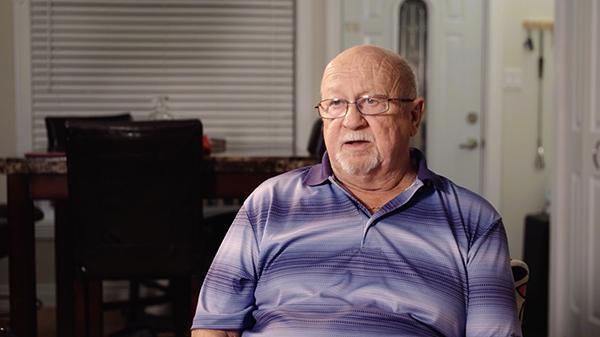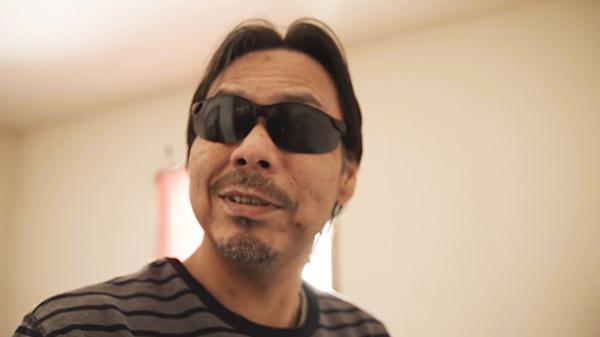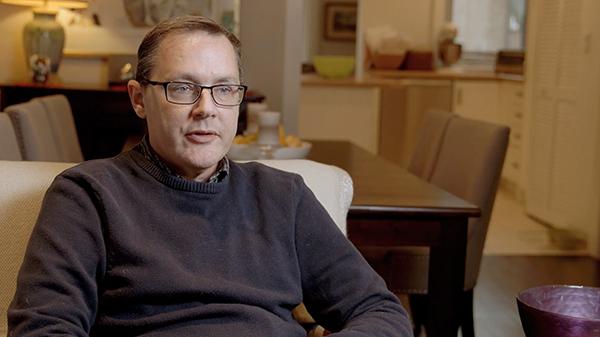Healthcare Journey Inspires Peritoneal Dialysis Patient to Advocate for Others
You can either lie down and not get up, or you can get up and motivate yourself.
Theorn Grant, Patient Advocate and Graduate Student, Peritoneal Dialysis Patient
"When people learn they have kidney disease, they believe it's literally a death sentence - that's it, life is over," says Theorn Grant, a mother to three children, a wife, a graduate student and a champion for people experiencing health challenges. "No - life is what you make it. You can either lie down and not get up, or you can get up and motivate yourself, which will cause you to motivate somebody else."
When Theorn speaks about what it is like to live with a serious, chronic illness, she speaks from experience. She came down with bronchitis while juggling a career and her family in 2001, and thought it would be a minor setback. Instead, it was the first in a series of health issues that led to congestive heart failure (CHF) and a heart transplant. Ten years after her heart transplant, Theorn developed end-stage renal disease (ESRD). The medication she was taking to prevent her body from rejecting her heart transplant had permanently damaged her kidneys. Theorn would need dialysis to survive.
"I know people who have been on conventional in-center hemodialysis, and I didn't think it was a fit for my active lifestyle," Theorn says.
Theorn, however, was a candidate for peritoneal dialysis (PD), which is a therapy typically managed by a patient in his or her home. The therapy works by cleaning the blood of toxins and removing extra fluids through one of the body's own membranes. In Theorn's case, she uses the Amia automated PD cycler system. Amia features voice guidance and animated graphics to provide step-by-step instructions on how to use the system. Theorn is able to use the system to automatically infuse and drain dialysis solution from her peritoneal cavity while she sleeps.
"PD therapy is an important clinical option that can be well-suited for busy patients," says Jaime Uribarri, M.D., Professor, Mt. Sinai Hospital. "Advancements in technology are making it possible for patients to take ownership of their therapy under the supervision of our team and administer dialysis in a way that allows them to manage their daily activities with minimal interruptions."
Before Theorn could start home PD therapy, she temporarily underwent a period of in-center hemodialysis (HD), which is typically performed three times a week for a duration of four to five hours per session. While at the center, she was moved by the experiences of her fellow patients and felt compelled to ensure they received information about dialysis therapy options.
"I'm very outgoing, so I became somewhat of a patient advocate," Theorn says. "I wanted to make sure other patients received the information, care and compassion they needed to become their own advocate for their care."
Once Theorn had completed her in-center HD, she began home PD therapy, and any reservations she had about home therapy quickly disappeared.
"A lot of patients are hesitant to try home PD because they are afraid of what it means to go home and not have a nurse there to help. For those who haven't experienced PD therapy, they don't know how intuitive and patient-friendly the Amia automated peritoneal dialysis cycler is," Theorn says, who was among the first patients in the United States to use Amia.
"I named my first machine 'Faith,' because without my personal faith, I wouldn't be here," Theorn says.
It is spiritual faith that Theorn credits as the driving force in her life, allowing her to raise her family, get married and pursue graduate studies to become an urban minister, all while on PD. Her healthcare journey has inspired her to share her story in the hopes that her experiences can help others.
"I've chosen to motivate - to push - to be a beacon of light, a station of hope to other patients," Theorn says.
Amia is available only in the United States and Canada.
Explore more of our stories
Important Safety Information
For safe and proper use of products mentioned herein, please refer to the appropriate Operators Manual or Instructions for Use.


